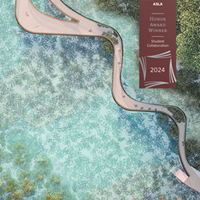The ASLA Industry Report 2024 is Here—See What’s Inside
3/24/2025
ASLA Center for Landscape Architecture / Credit: Gensler
ASLA members get free access to the full report— bringing you exclusive insights into the trends shaping the profession.Read More
.png)



.png)




.png)
.png)
.png)
.png)
.png)
(1).png)

